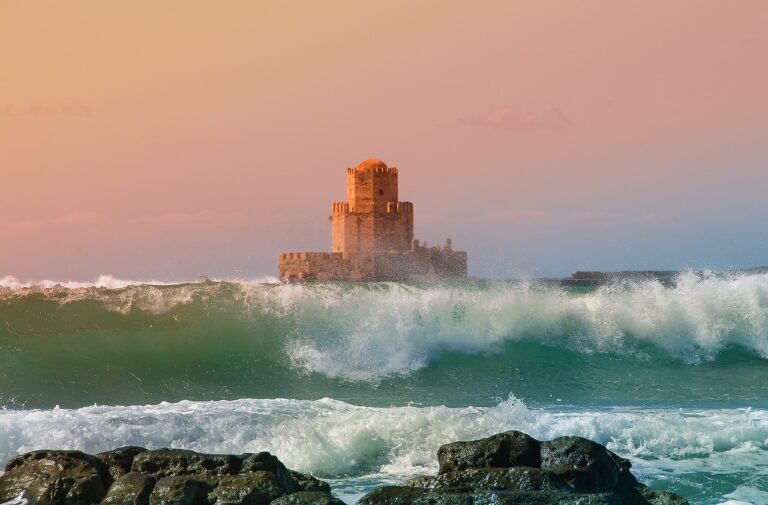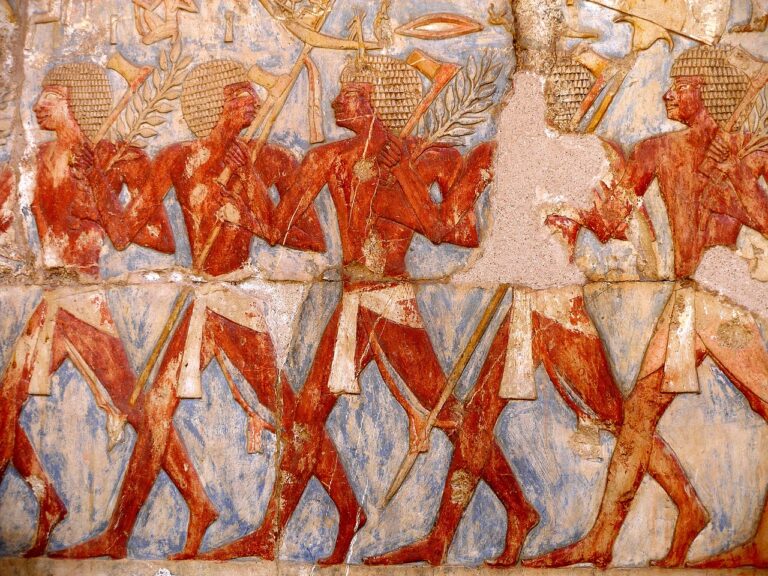Travel and Heritage: Exploring Cultural Roots
Cultural diversity can be likened to a vibrant tapestry woven from a myriad of different threads, each representing a unique tradition, belief, or way of life. This intricate tapestry showcases the richness and depth of human experience across various cultures and societies. It is a testament to the diversity of human creativity, expression, and innovation that has blossomed throughout history.
Within this diverse tapestry, we find a wealth of customs, languages, arts, cuisines, and rituals that contribute to the mosaic of global culture. Each thread in this tapestry adds its own hue and texture, enriching the overall fabric of human civilization. Embracing and celebrating this cultural diversity not only broadens our horizons but also fosters understanding, empathy, and mutual respect among people from different backgrounds and walks of life.
The Significance of Preserving Heritage
Heritage is a precious link to the past, a mirror through which we can see our roots and understand our identity. It serves as a bridge that connects generations, preserving traditions, customs, and values that have been passed down for centuries. By safeguarding our heritage, we are ensuring that the legacy of our ancestors remains alive and relevant in a rapidly changing world.
Through the preservation of heritage, we are able to celebrate the diversity and richness of various cultures around the world. It allows us to appreciate the unique practices, rituals, and art forms that signify the collective identity of a community or a nation. By honoring our heritage, we are not only preserving history but also fostering a sense of pride and unity among individuals who share a common cultural heritage.
Exploring Traditional Practices and Rituals
Throughout history, traditional practices and rituals have played a pivotal role in shaping cultures and societies around the world. These age-old customs often hold deep meanings and significance, reflecting the values, beliefs, and identities of a particular community or group. From intricate ceremonies marking important life events to daily rituals that maintain harmony with nature, these practices serve as a way to connect individuals to their heritage and ancestors.
Traditional practices and rituals are not only a means of preserving cultural heritage but also a way to foster a sense of unity and belonging among communities. They create a shared experience that brings people together, strengthening social bonds and promoting a sense of collective identity. By participating in these rituals, individuals affirm their connection to their cultural roots and contribute to the continuity of traditions that have been passed down through generations.





